
Why do people believe in flat Earth?
The flat Earth belief is pseudoscientific, yet it keeps on reappearing in the media. The Internet offers a variety of different arguments on why the official round Earth narrative should be reconsidered. The theory’s enthusiasts gather in online groups discussing their belief system. This article will present some of the flat Earth conspiracy theory argumentation and analyze why it has gained so much popularity in the face of millions of followers worldwide.
The flat Earth shaped like a disk
The flat Earth conviction has a long-standing history. Throughout centuries, many ancient civilizations have built their belief systems upon the assumption that the Earth has the form of a plane. Early Egyptian (Figure 1) and Mesopotamian mythologies described the world as having the shape of a disk floating in the ocean (Gottlieb, 2000). The Israelites also imagined the Earth as a disk on the water with an arched roof of heaven above it (Berlin, 2011). Similar models were described by Homer in ‘Iliad’ and Hesiod in ‘Shield of Heracles’. The flat Earth motives have shaken the world and have been traced undergoing several transformations in numerous cultures from South Asia to Medieval Europe.
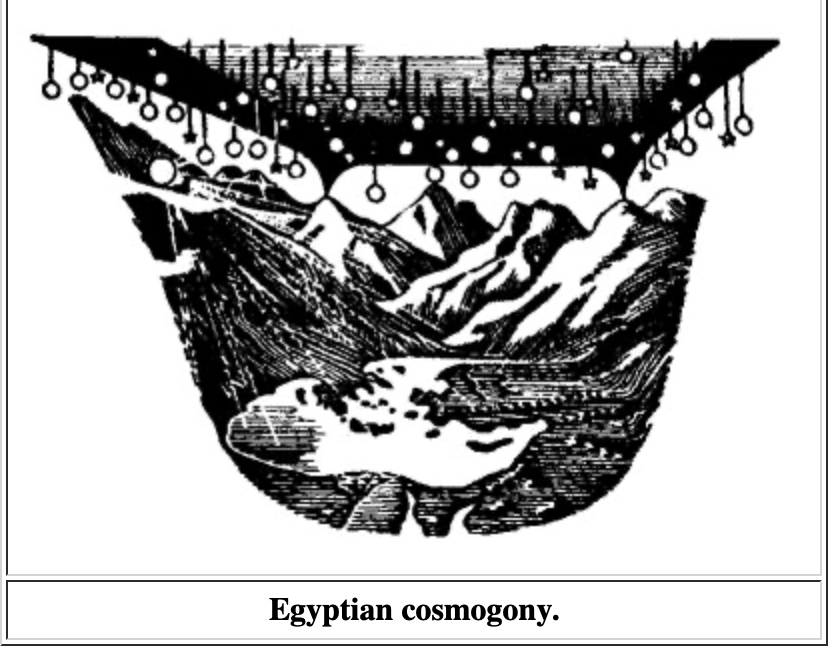
Figure 1: The flat Earth illustration in Egyptian cosmogony.
The Flat Earth belief used to be a part of the cultural understanding of the construction of the world in ancient cultures. Until around the 15th century, Earth's shape as a disk remained a part of mainstream religious mythologies. However, with time, the belief became controversial after more and more proof started to appear that Earth is spherically shaped.
The belief did not die out, however. In modern times numerous groups and individuals have expressed their support for the theory which has led to the establishment of the International Flat Earth Society in 1956. One of the primary goals of the founder, Samuel Shelton, was to enlighten children before the school system convinces them that Earth is spherical (Wolchover, 2011).
In the contemporary context, the flat Earth belief is fueled by the Internet. Social media has allowed the theory’s followers to build communities searching for an alternative truth. The spread of the flat Earth content has recently appeared problematic with platforms like YouTube implementing new policies to reduce the distribution of conspiracy theories and misinformation. However, although the new measures have massively affected the accessibility of the content, the conspiracy theory keeps on growing online and offline, expanding its collection of arguments.
Top 10 Undeniable Proofs the Earth is Flat?
For this article, I have analyzed the content of the page “TOP TEN UNDENIABLE PROOFS THE EARTH IS FLAT” on the Flat Earth Science And The Bible website. The site is called Biblical, with the article on the Flat Earth theory as a logical continuation based on what was primarily a religious belief. The material is posted by the user with the nickname ‘Anti-Vaccine Scientific Support Arsenal’, and presents some of the most popular arguments as to why the Earth is flat. All of the claims are illustrated with images serving as visual proof.
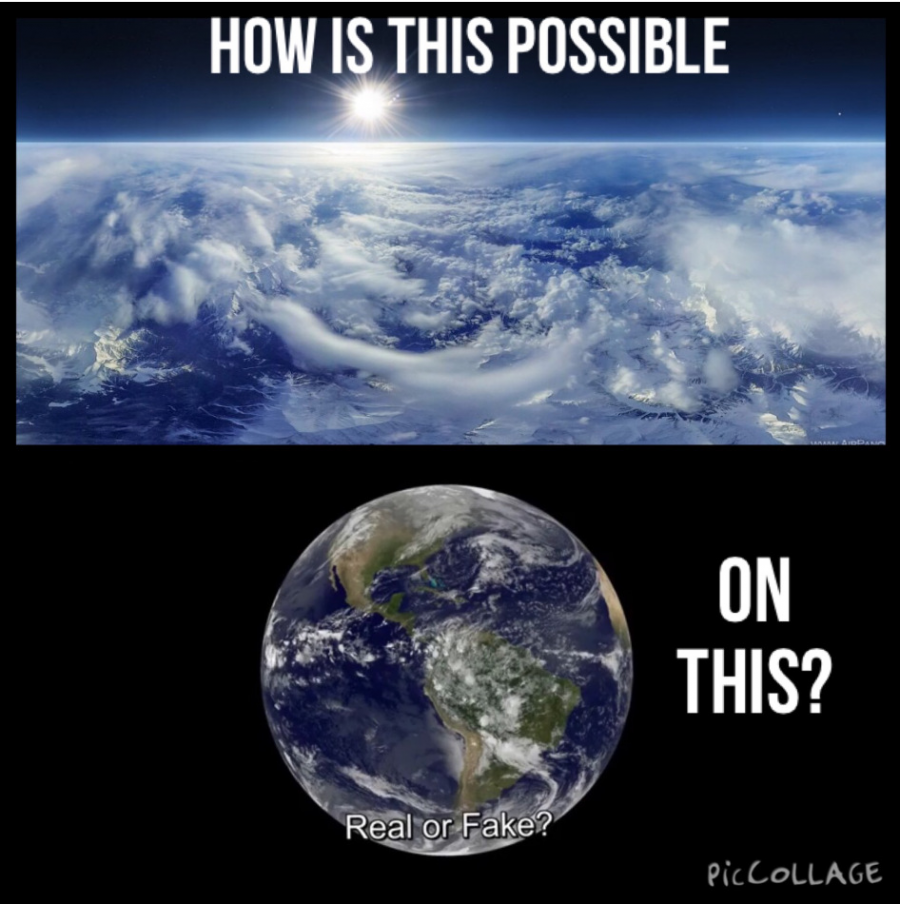
Figure 2: The Earth image trying to strengthen the first argument of the article.
The first argument presented in the article is that the horizon “always appears completely flat 360 degrees to the observer, regardless of how high you go up. Any curvature you think you see is from curved airplane windows or Go Pro cameras and fisheye lenses (which NASA loves to use)” (FESTB, 2016) (Figure 2).

Figure 3: The horizon argument is stressed with the help of the image.
The following claim deals with the fact that no matter how high in altitude one goes, the horizon “always rises to meet your eye level” (FESTB, 2016) (Figure 3). Another line of reasoning states that water always finds and maintains its level and “if Earth were a giant spinning sphere tilting and hurling through space then truly flat, consistently level surfaces would not exist here” (FESTB, 2016) (Figure 4).
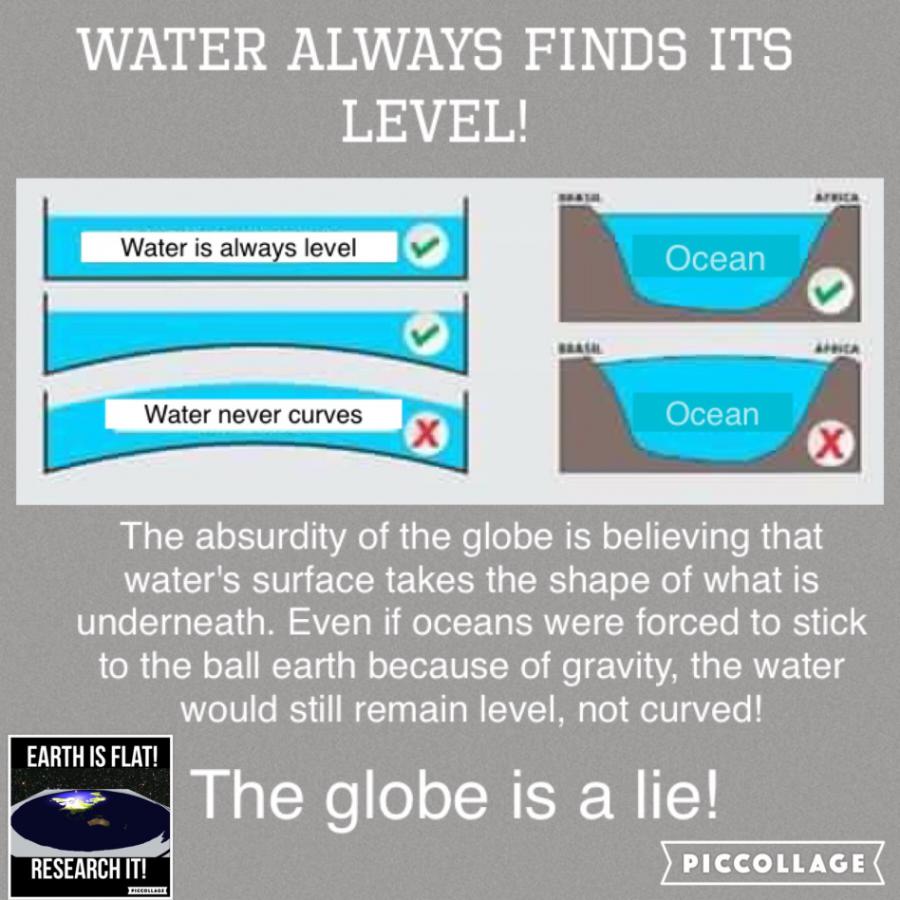
Figure 4: The water argument illustrated, summing up that 'The globe is a lie!'.
The fourth argument targets NASA, saying that if the Earth was a “ball 25,000 miles in circumference”, as modern astronomy claims, “the surface of all standing water must curve downward an easily measurable 8 inches per mile multiplied by the square of the distance. This means along a 6 mile channel of standing water, the Earth would dip 6 feet on either end from the central peak”, according to spherical trigonometry (FESTB, 2016). However, as reported by the article, every time such experiments were conducted, standing water has always been proven to be of the same perfect level (Figure 5).
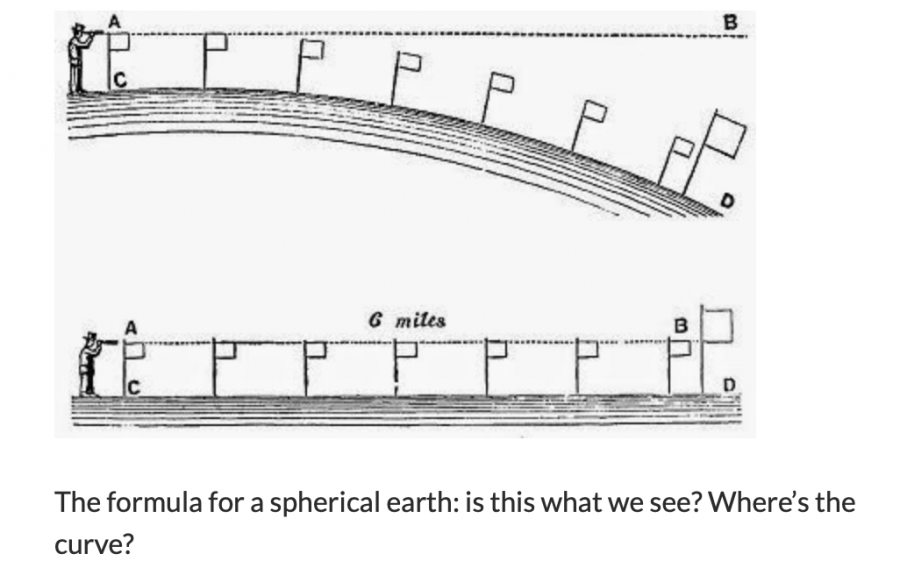
Figure 5: The image calls for the users to be attentive and ask critical questions.
The next claim states that the sun is, in a nutshell, much closer than we have been told. In fact, it is in our atmosphere (FESTB, 2016). The argumentation of this view is that “Many times you can see the sun’s rays shooting out of a cloud forming a triangle. If you follow the rays to their source it will always lead to a place above the clouds. If the sun was truly millions of miles away, all the rays would come in at a straight angle” (FESTB, 2016) (Figure 6).
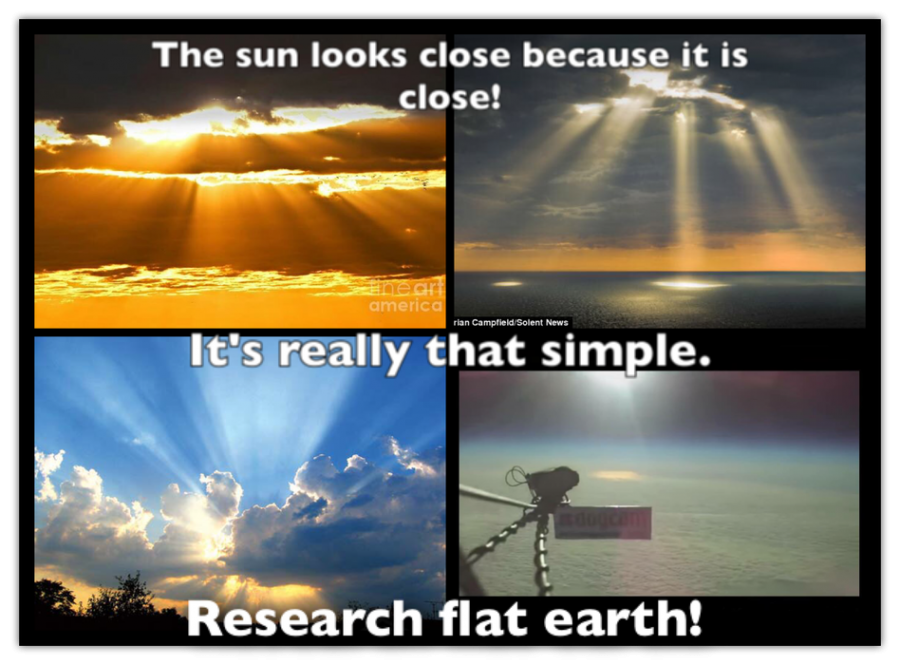
Figure 6: The image aimed to prove that the sun is, in fact, in the atmosphere of the Earth, closer than we think it is.
The sixth statement tries to prove that if the Earth was a spinning globe, airplanes would “constantly have to dip their noses down every few minutes to compensate for the curvature of the earth (with a circumference of 25,000 miles the earth would be constantly curving at the speed of an airplane). In reality however, they never do this!” (FESTB, 2016) (Figure 7).
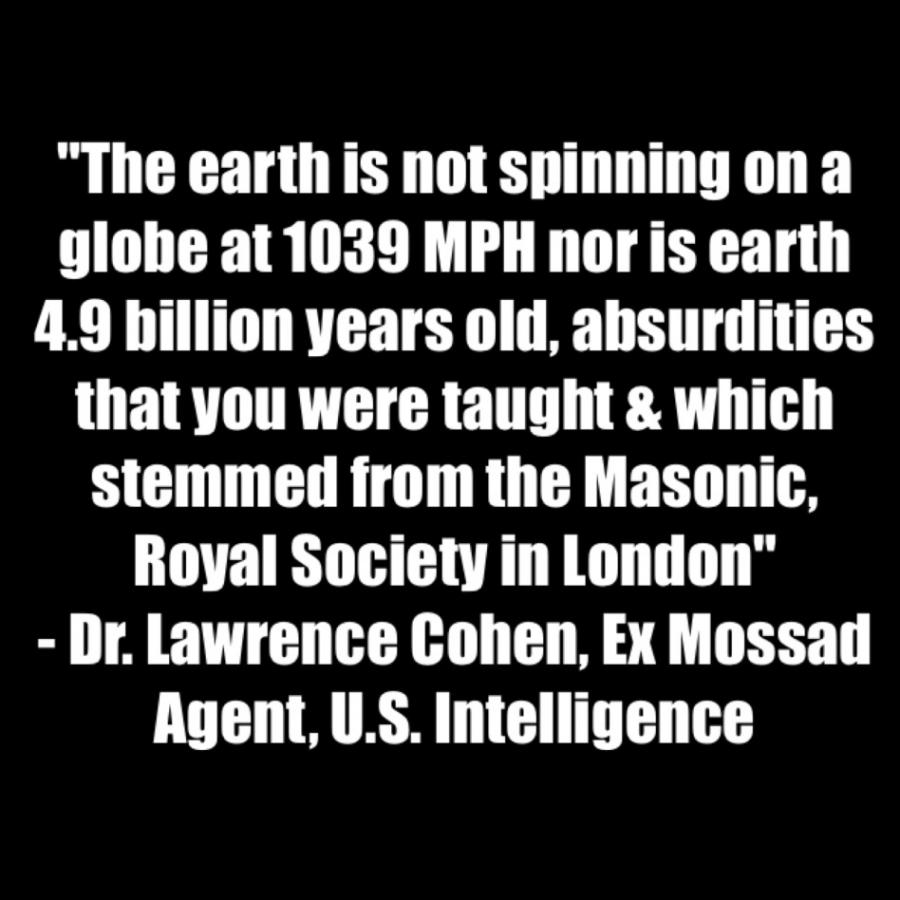
Figure 7: The article references other popular conspiracy theories, such as fake history, freemasonry, and the New World Order.
The next argument refers to the ‘Airy’s Failure’ experiment which aims to prove that stars are more relative to a stationary Earth, and not the other way around as we are used to believing. The website describes it as follows: “By first filling a telescope with water to slow down the speed of light inside, then calculating the tilt necessary to get the starlight directly down the tube, Airy failed to prove the heliocentric theory since the starlight was already coming in the correct angle with no change necessary, and instead proved the geocentric model correct” (FESTB, 2016).
The references to research keep on appearing in the article with the author describing the Michelson-Morley and Sagnac experiments as the eighth argument. The tests attempted to measure possible changes in the speed of light caused by the Earth’s ‘assumed’ motion through space. The text concludes that “after measuring in every possible different direction in various locations they failed to detect any significant change whatsoever, again proving the stationary geocentric model” (FESTB, 2016) (Figure 8).
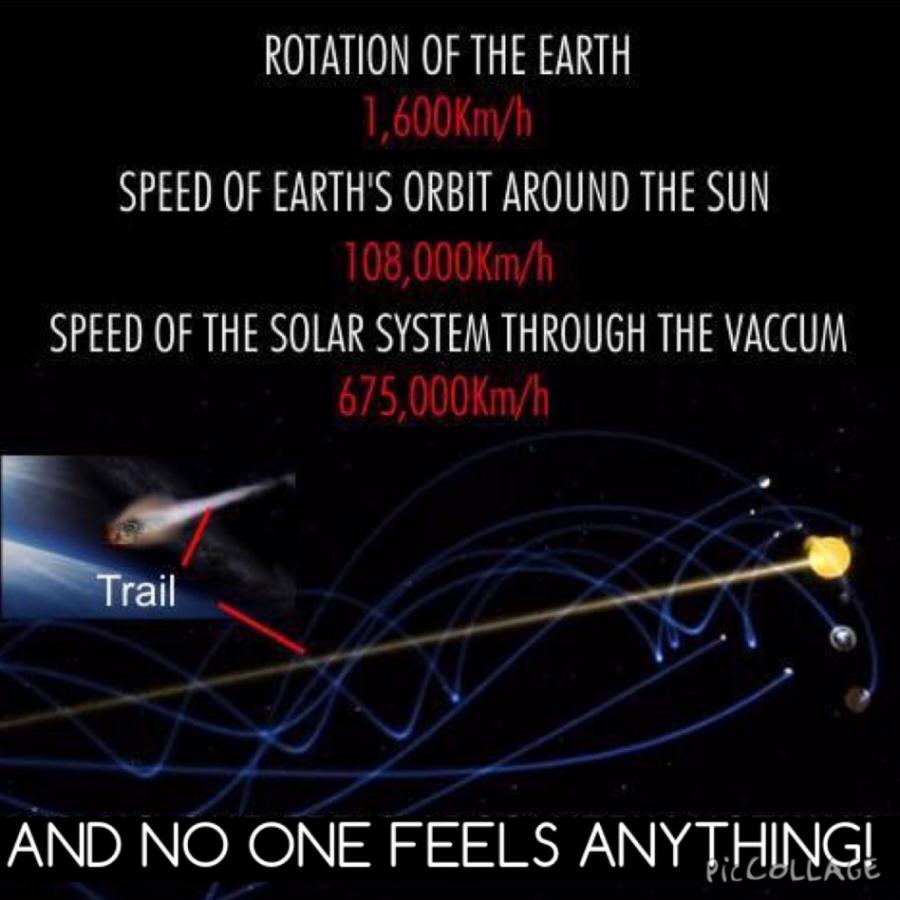
Figure 8: The image implying that people would be able to feel rotation and speed of the Earth if it wasn't flat.
The ninth argument deals with gravity (Figure 9). According to the author, “if ‘gravity’ is really a force strong enough to hold the world’s oceans, buildings, people and atmosphere stuck to the surface of a spinning ball, then it is impossible for “gravity” to also simultaneously be weak enough to allow little birds, bugs, and planes to take-off and travel freely unabated in any direction” (FESTB, 2016). The same reasoning applies in relation to water with its creatures not being able to swim through it.

Figure 9: The picture used to prove that 'gravity is hoax'.
The article concludes with the final claim that “ship captains in navigating great distances at sea never need to factor the supposed curvature of the Earth into their calculations” (FESTB, 2016) (Figure 10). To finalize the argumentation, the author presents a chain of links to YouTube videos, most of which have been disabled by the platform.
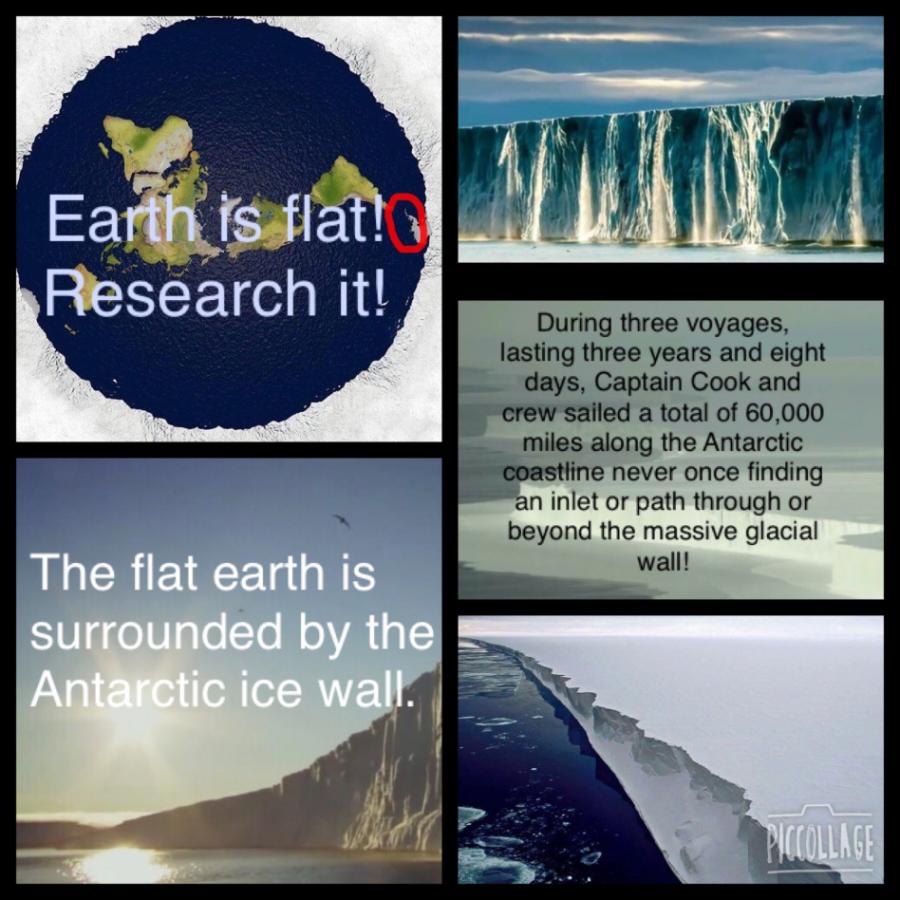
Figure 10: The final remark of the article claiming that the Earth is flat and it is surrounded by the Antarctic ice wall with the help of the illustrations.
Flat Earth and Visual Evidence
The role of visual evidence in the flat Earth argumentation is obvious. Every claim is accompanied by several pictures and videos to prove the point. However, although it might make the reasoning sound more confident in theory, in practice the use of images is often misattributed, photoshopped, and manipulated, and that has to be taken into consideration (Arielli, 2019).
Images have been perceived as “indexical evidence depicting events and objects without bias” throughout most of the twentieth century (Arielli, 2019). Misuse and deception with the help of visual content is not a new phenomenon, and it has often been used as a tool of political propaganda. However, in contemporary realities with the rapid advances of technology and the ease of photo and video manipulation, the evidentiary objectivity of images can not be assumed (Arielli, 2019).
The flat Earth followers try to use images, illustrations, graphs, and other visual modes as ‘emblematic evidence’ (Arielli, 2019) for their arguments, as visual material can be "a simple figurative illustration or a staged representation and at the same time, acts as evidence referring to specific individuals or situations". There is a deep-seated belief that the use of the images, even with no scientifically-appropriate background, as in the case of flat Earth, can be used to make the claim more believable (Figure 11).
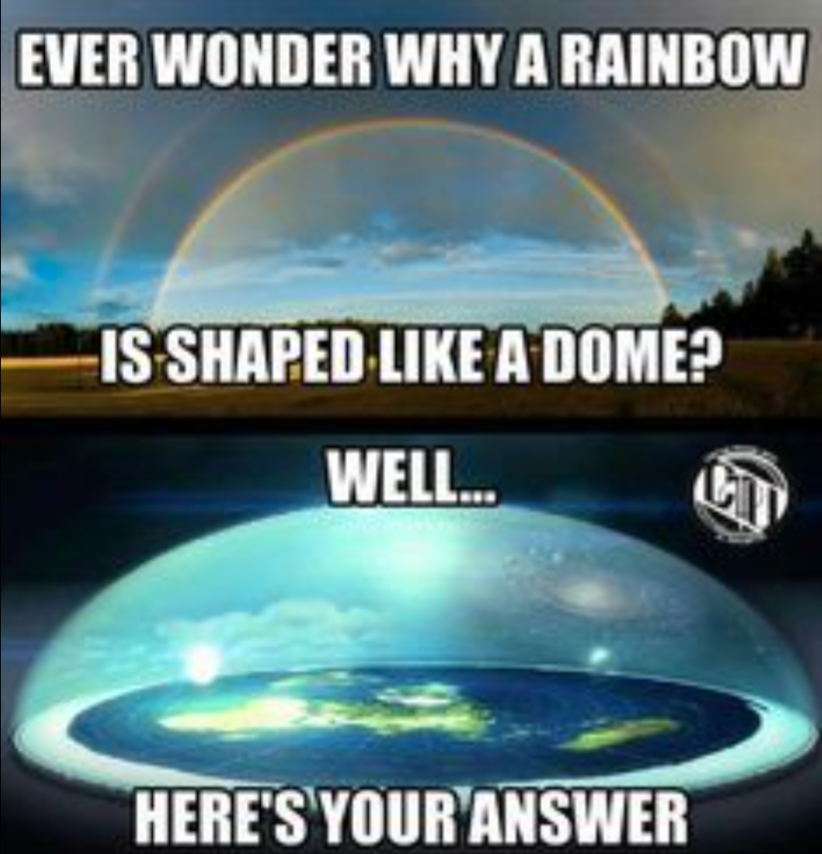
Figure 11: Explanation of the shape of the rainbow presented by the blog.
The misattribution of images plays a role in ideological confrontations to “assert a worldview and pursue a rhetorical battle against opposing sides” (Arielli, 2019). Reinforcement of the arguments through the use of images to defend one’s worldview and ideology contributes to ‘tribal epistemology’ (Arielli, 2019). Tribal epistemology can in part explain the reference to the followers of the theory as ‘flat Earth society’, which seems to indicate an established group of people rather than individual fans.
Claiming the alternative facts through the images appears one of the key ways to distribute information about the flat Earth, especially since the start of YouTube’s banning policies. Visual content as epistemic evidence is problematic because of the semantic links search engines associate with similarity (Arielli, 2019). Regarding the use of images as visual evidence, Arielli (2019) claims that “illustrative content should lose or weaken its indexical reference to a specific event”. Some measures can be applied on the individual level. The criticism towards the observed images should be taken into account when attempting to change the mindset of those who assume the indexical value of the visual content.
Flat Earth as stigmatized knowledge
The flat Earth is a growing conspiracy theory. The materials on the belief often attack educational institutions, NASA, and authorities for purposefully hiding the truth from the people. Such a position makes the flat Earth belief a part of ‘stigmatized knowledge’, i.e. knowledge that has not been “accepted by those institutions we rely upon for truth validation” (Barkun, 2016).
Judging by the Flat Earth Science and the Bible website analyzed for this article, many of the site’s visitors may be subject to “other forms of stigmatized knowledge” which is not uncommon for “believers in conspiracy theories” (Barkun, 2016). Except for the content on flat Earth, users can find bits of information about End Time signs, the harm done by vaccines, and occult elites planning secret plots. In addition, conspiracy theories appear credible to their adherers because “rejection by authorities is for them a sign that a belief must be true” (Barkun, 2016).
Algorithms and flat Earth content distribution
Although major social media platforms have started a virtual war attempting to debunk misinformation, there is still a risk that users find themselves in a filter bubble flooded with the flat Earth conspiracy theory and associated beliefs. The reason for this is the influential power of algorithms that “play an increasingly important role in selecting what information is considered most relevant to us, a crucial feature of our participation in public life” (Gillespie, 2014).
Search engines facilitate our navigation through “massive databases of information, or the entire web” (Gillespie, 2014). Searching for flat Earth content online, the user gets linked to a plethora of websites and blogs that can spread misinformation. Recommendation algorithms “map our preferences against others, suggesting new or forgotten bits of culture for us to encounter” (Gillespie, 2014).
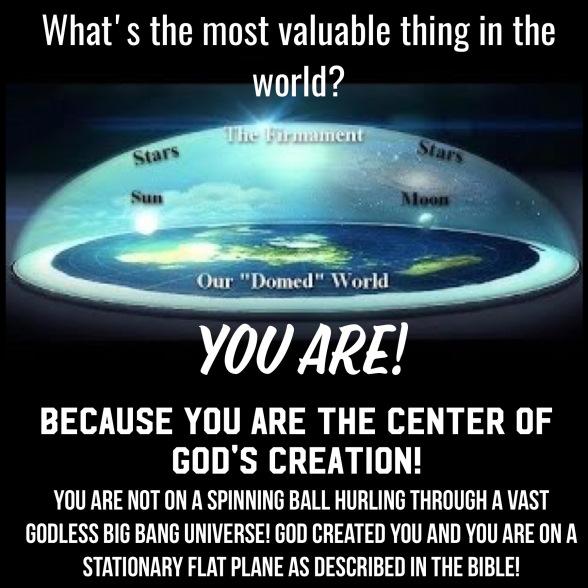
Figure 12: The blog presents an individual as a center of God's creation.
In their race to calculate and provide us with what is “‘hot’ or ‘trending’ or ‘most discussed’”, algorithms supply us with information to participate in “social and political discourse, and to familiarize ourselves with the publics in which we participate” (Gillespie, 2014). Interacting with the flat Earth content, the user is likely to get more associated information, linked, for instance, to the ‘anti-vax’ movement, or the anti-egalitarian and anti-globalist New World order belief fueled by the fears of Biblical apocalypse (Figure 12). Instead of learning all about one conspiracy theory, the user gets subjected to a whole chain of unorthodox beliefs, and this process is often governed by encoded procedures of algorithmic knowledge (Gillespie, 2014).
Throughout the years of active online activism and the flat Earth theory popularization, the stigmatized theory, primarily recognized as ‘the fringe’ has started to merge with the mainstream appearing on top tv channels and programs around the world. Algorithms contributed to Flat Earth Society have become a living meme with its belief gaining millions of supporters across the Globe. The conspiracy theory is “no longer the province only of small, isolated coteries", on the contrary, it has made a wide and confident “leap into public discourse” (Barkun, 2016).
The truths and the pitfalls of the Flat Earth belief system
The flat Earth belief system has a centuries-long intercultural worldwide history. In the contemporary context, dedicated websites and social media have assisted in spreading new argumentation about the theory gaining millions of followers worldwide.
The usage of images as epistemic evidence and relevance algorithms have made it possible for the belief to be picked up by the media in the process of ‘mainstreaming the fringe’. The flat Earth is one of the best known conspiracy theories and its popularity keeps on growing online and offline. The belief's spread signifies an important transition point for all types of ‘stigmatized knowledge’ demonstrating how basically any type of information has the potential to appear in the cycle of ‘mainstreaming the fringe’ (Barkun, 2016) contributed to by the algorithms, visual evidence, and the users' online activism.
References
Arielli, E., (2019). The polarized image: Between visual fake news and ‘emblematic evidence’. In Pereira Martins, Constatino & Pedro T. Magalhães (eds.) Politics and image. IEF Instituto de Estudos Filosóficos, 23-35.
Barkun, M. (2016). Conspiracy theories as stigmatized knowledge. Diogenes, 1-7.
Berlin, A. (2011). Cosmology and creation. In Berlin, Adele; Grossman, Maxine (eds.). The Oxford Dictionary of the Jewish Religion. Oxford University Press.
FESTB, (2016). Top 10 Undeniable Proofs the Earth is Flat.
Gillespie, T. (2014). The relevance of algorithms. In Gillespie, Tarleton, Pablo J. Boczkowski & Kirsten A. Foot (eds.) Media technologies: Essays on communication, materiality and society. MIT Scholarship Online, 167-193.
Gottlieb, A. (2000). The Dream of Reason. Penguin.
Wolchover, N. (2011). Ingenious 'Flat Earth' Theory Revealed In Old Map. LiveScience.